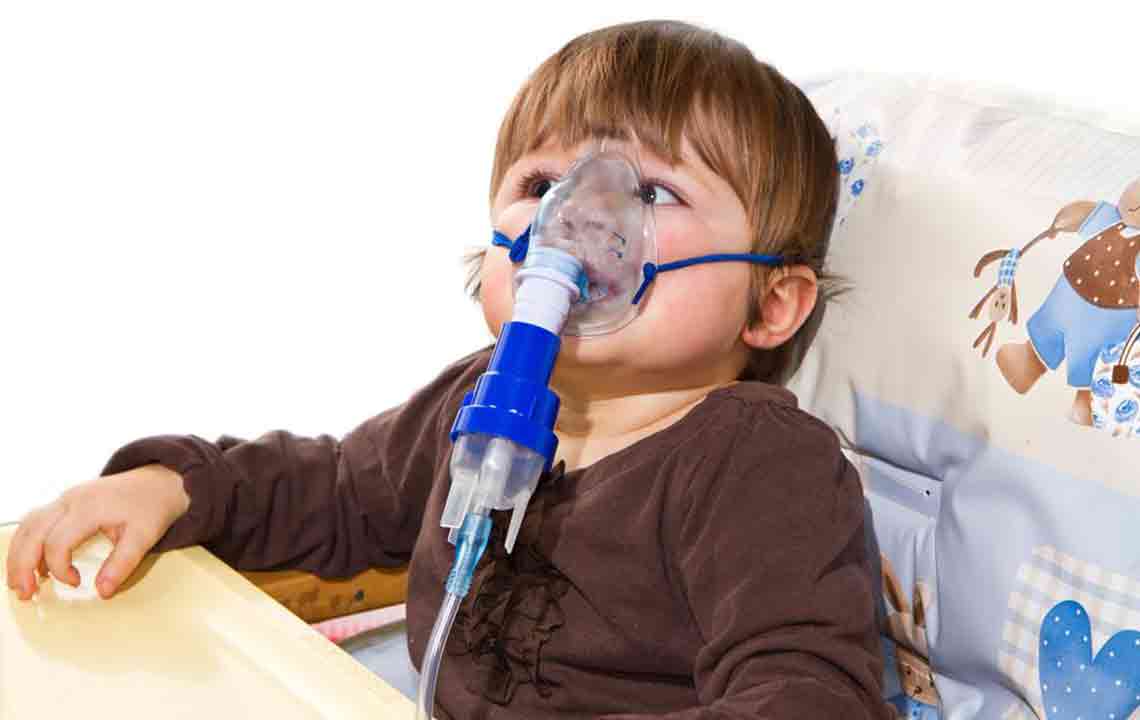Recognizing Pneumonia Symptoms and Causes of Respiratory Illnesses
Pneumonia is a lung infection that inflames air sacs, leading to breathing difficulties. It can be caused by bacteria, viruses, or fungi and is categorized by acquisition method and location. Recognizing symptoms like cough, fever, chest pain, and shortness of breath is crucial for timely treatment. Management includes targeted medication, with most patients responding quickly. Awareness of pneumonia's signs and causes helps in early diagnosis and effective intervention, preventing complications and promoting recovery.
Sponsored

Pneumonia is a widespread respiratory condition that can affect anyone at any age. It involves infection that inflames the air sacs in the lungs, filling them with fluid or pus, making breathing difficult. Its symptoms often mimic the flu, leading to confusion between the two. Pneumonia can stem from various causes such as bacteria, viruses, fungi, or airborne irritants. Understanding the different types and signs of pneumonia is essential for timely treatment and management.
Pneumonia's classification depends on its cause, acquisition method, and location of infection. The main types include bacterial, viral, fungal, and atypical pneumonia. Bacterial pneumonia is the most common, while viral pneumonia mostly affects older adults. Fungal pneumonia results from fungi found in soil or bird droppings, especially when inhaled in large quantities.
Hospital-acquired pneumonia (HAP): Contracted within healthcare settings, often more resistant to antibiotics.
Community-acquired pneumonia (CAP): Acquired outside medical environments.
Other types are classified based on how the infection was contracted, such as aspiration pneumonia, which occurs when food or saliva enters the lungs, and ventilator-associated pneumonia (VAP), affecting ventilator users.
Signs and Symptoms of Pneumonia
The presentation of symptoms varies based on the pneumonia type, age, and overall health. Common indicators include:
A persistent cough that may produce yellow, green, or bloody mucus.
Fever, which might be mild or high, depending on the infection.
Chills and shivering, sometimes prompting blanket use even in warm weather.
Shortness of breath during physical activity or exertion.
Chest pain that worsens with deep breaths or coughing.
Headaches, fatigue, and loss of appetite.
Confusion in elderly patients.
High fever, rapid breathing, bluish lips or nails, especially in bacterial or viral pneumonia cases.
Initial viral pneumonia symptoms resemble flu, with dry cough, fever, sore throat, muscle aches, and fatigue, which can worsen within hours, leading to severe shortness of breath and mucus production.
Management and Treatment
Diagnosis involves blood, urine, and imaging tests. Treatment varies based on the pathogen involved but typically includes antibiotics for bacterial infections, antivirals for viral cases, and antifungal medications for fungal pneumonia. Most patients see improvement within a few days of treatment.






